Tea, a beverage cherished across cultures and centuries, derives its flavor, aroma, and health benefits from delicate biochemical processes. However, when tea leaves encounter moisture, their integrity is threatened, raising a critical question: Can tea leaves exposed to water still be preserved, or has their quality been irreparably compromised? This article delves into the science of tea preservation, the impacts of moisture, and actionable steps to salvage wet tea leaves while maintaining their essence.
The Fragility of Tea Leaves: Why Moisture Is a Silent Enemy
Tea leaves, whether green, black, oolong, or white, undergo meticulous processing—withering, oxidation, rolling, and drying—to stabilize their chemical composition. These steps halt enzymatic activity and reduce moisture content to below 5%, creating a shelf-stable product. When water reintroduces moisture, it reignites biochemical reactions, leading to degradation.
Oxidation Acceleration
Fresh tea leaves contain polyphenol oxidase, an enzyme that drives oxidation. During processing, this enzyme is deactivated through heating (e.g., pan-frying or steaming). However, if moisture penetrates dried leaves, residual enzymes or microorganisms may reactivate, causing rapid oxidation. This results in a loss of vibrant flavors, a shift toward bitter or musty notes, and discoloration.

Mold and Bacterial Proliferation
Water creates a breeding ground for microorganisms. Mold spores, ubiquitous in the environment, germinate in humid conditions, producing mycotoxins that render tea unsafe for consumption. Bacteria like Bacillus and Pseudomonas may also thrive, contributing to off-odors and slimy textures.
Loss of Volatile Compounds
Tea’s aroma stems from volatile organic compounds (VOCs) like linalool, geraniol, and benzene acetaldehyde. Moisture dissolves these delicate molecules, diminishing the leaf’s fragrance and leaving it dull-tasting.
Factors Determining Salvageability: How Wet Is “Too Wet”?
Not all encounters with water are equal. The extent of damage depends on:
Duration of Exposure
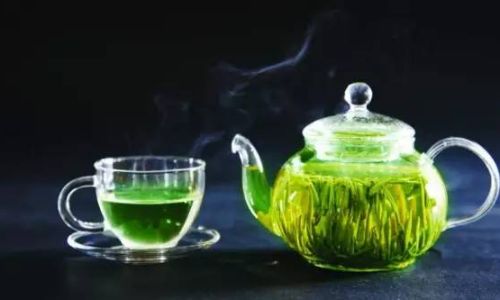
- Brief Contact (e.g., accidental splashes): Leaves may absorb minimal moisture, leaving core structures intact.
- Prolonged Soaking: Leaves become saturated, risking enzymatic chaos and microbial invasion.
Type of Tea
- Unoxidized Teas (Green, White): More vulnerable due to delicate structures and residual enzymes.
- Oxidized Teas (Black, Oolong): Slightly more resilient, as oxidation already altered their chemistry. However, prolonged wetness still poses risks.
Storage History
Tea previously stored in optimal conditions (airtight, cool, dark) may fare better than leaves exposed to humidity or light.
Step-by-Step Guide: Rescuing Wet Tea Leaves
If disaster strikes, act swiftly to mitigate damage.
Immediate Drying
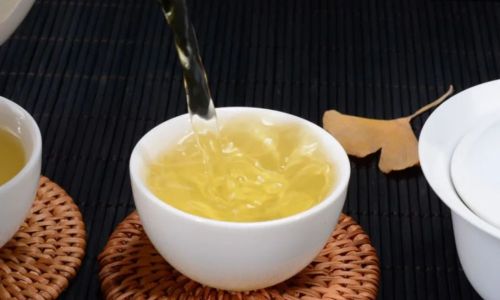
- Air Drying: Spread leaves on a clean, dry towel or baking sheet in a well-ventilated area. Avoid direct sunlight, which degrades flavor compounds.
- Oven Method (Low Heat): Set the oven to its lowest temperature (50–70°C/122–158°F). Place leaves on a tray and monitor closely to prevent burning. Stir occasionally for even drying.
- Dehydrator Use: Ideal for consistent results. Set to 40–50°C (104–122°F) until leaves crumble easily.
Assessing for Mold
After drying, inspect for fuzzy patches, discoloration (e.g., gray, green, or black spots), or a musty smell. Discard any contaminated leaves—mycotoxins are heat-resistant and pose health risks.
Taste and Aroma Testing
Brew a small sample to evaluate flavor. If the taste is overly astringent, flat, or reminiscent of damp earth, the tea has likely degraded beyond repair.
Rejuvenation Techniques (For Minor Damage)
- Roasting: Gently roast dried leaves in a dry pan over low heat to restore some complexity.
- Blending: Mix compromised leaves with fresher batches to mask flaws (e.g., adding robust black tea to muted green tea).
Prevention: The Best Cure for Wet Tea Woes
Preemptive measures ensure longevity and quality.
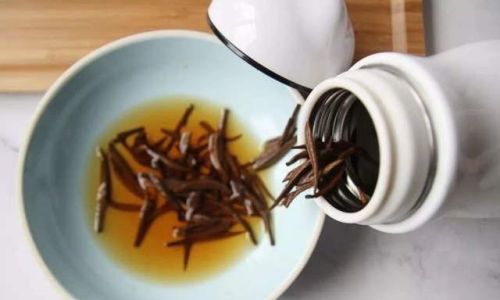
Optimal Storage Containers
- Airtight Vessels: Use opaque, airtight tins or ceramic jars with silicone seals. Avoid plastic, which retains moisture and odors.
- Vacuum Sealing: Ideal for large quantities, eliminating oxygen and humidity.
Environmental Control
- Temperature: Store tea below 25°C (77°F) to slow degradation.
- Humidity: Maintain relative humidity below 60%. Use desiccant packets in humid climates.
- Light Exposure: Keep tea away from sunlight, which degrades chlorophyll and VOCs.
Handling Practices
- Avoid Wet Spoons: Use dry utensils to scoop tea.
- Small Batches: Purchase tea in quantities consumed within 3–6 months to minimize exposure.
When to Let Go: Signs of Irreparable Damage
Despite best efforts, some tea leaves cannot be saved. Red flags include:
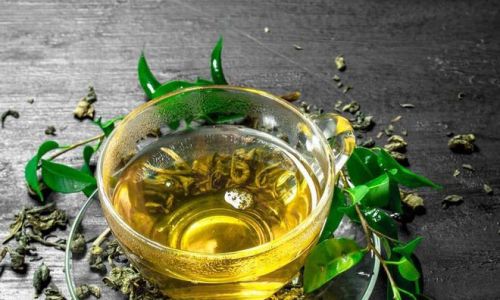
- Visible Mold: Discard immediately.
- Rancid Smell: A sour or fermented odor indicates bacterial activity.
- Clumping: Leaves that stick together are likely fermenting internally.
- Unusual Texture: Sliminess or excessive brittleness signals structural breakdown.
The Science of Revival: How Far Can You Push It?
Even if tea survives drying, its flavor profile may shift. Green tea, for example, might lose its grassy notes and develop a roasted edge, while black tea could become milder. Consider this an opportunity for experimentation—perhaps your “rescued” tea becomes a unique blend!
Conclusion: Balancing Hope and Pragmatism
Tea leaves exposed to water face an uphill battle, but swift action and careful assessment can sometimes restore their dignity. The key lies in understanding the enemy—moisture—and arming oneself with knowledge of storage and recovery techniques. While not every soaked leaf can be saved, the pursuit of preservation underscores the tea lover’s dedication to savoring every cup at its peak.
In the end, the art of tea is as much about adaptation as it is about tradition. Should your leaves encounter an unplanned dunking, approach the situation with scientific curiosity and a dash of culinary creativity. After all, even a compromised brew can teach us valuable lessons about resilience—both in the leaf and the drinker.

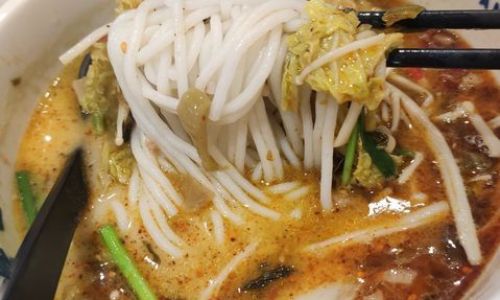

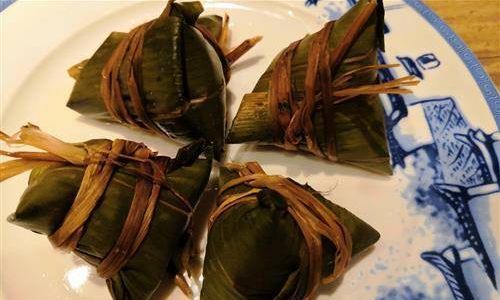

0 comments